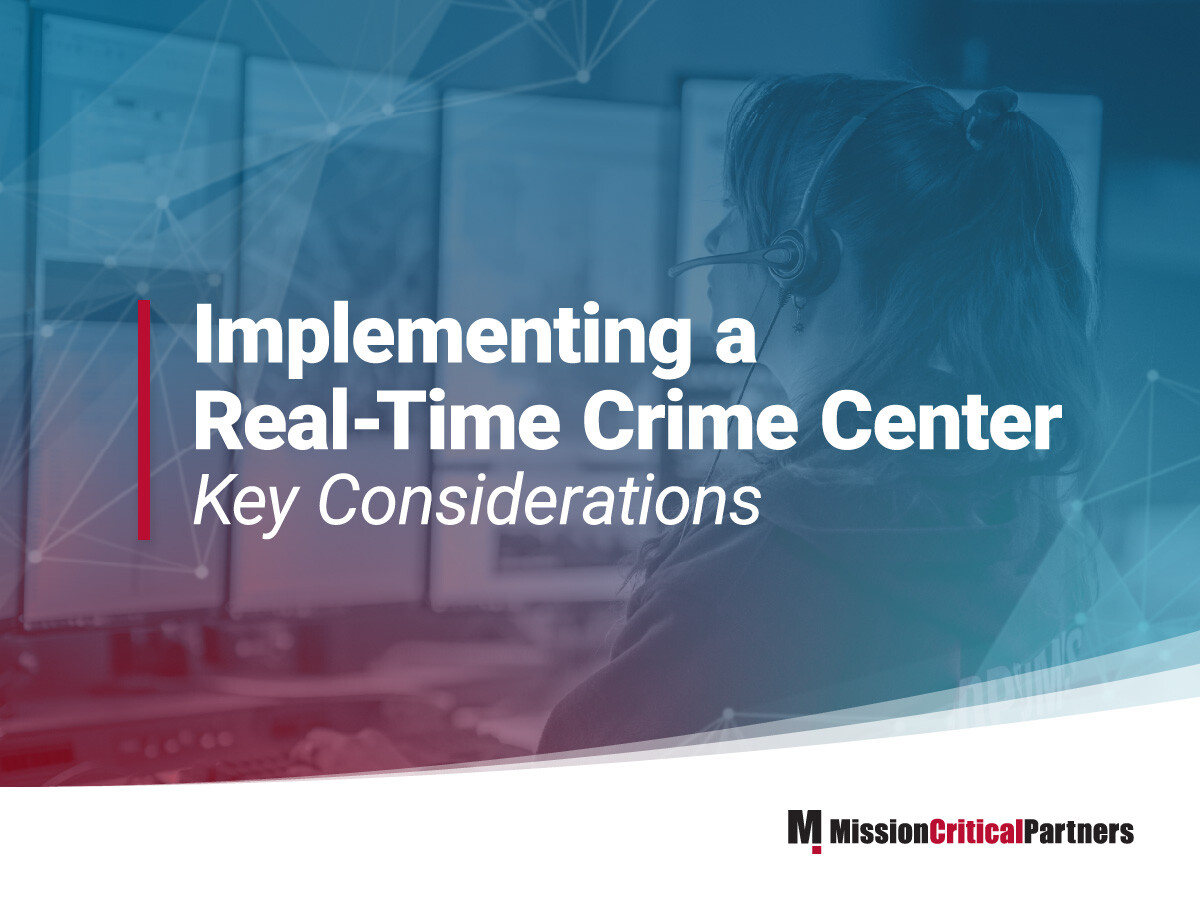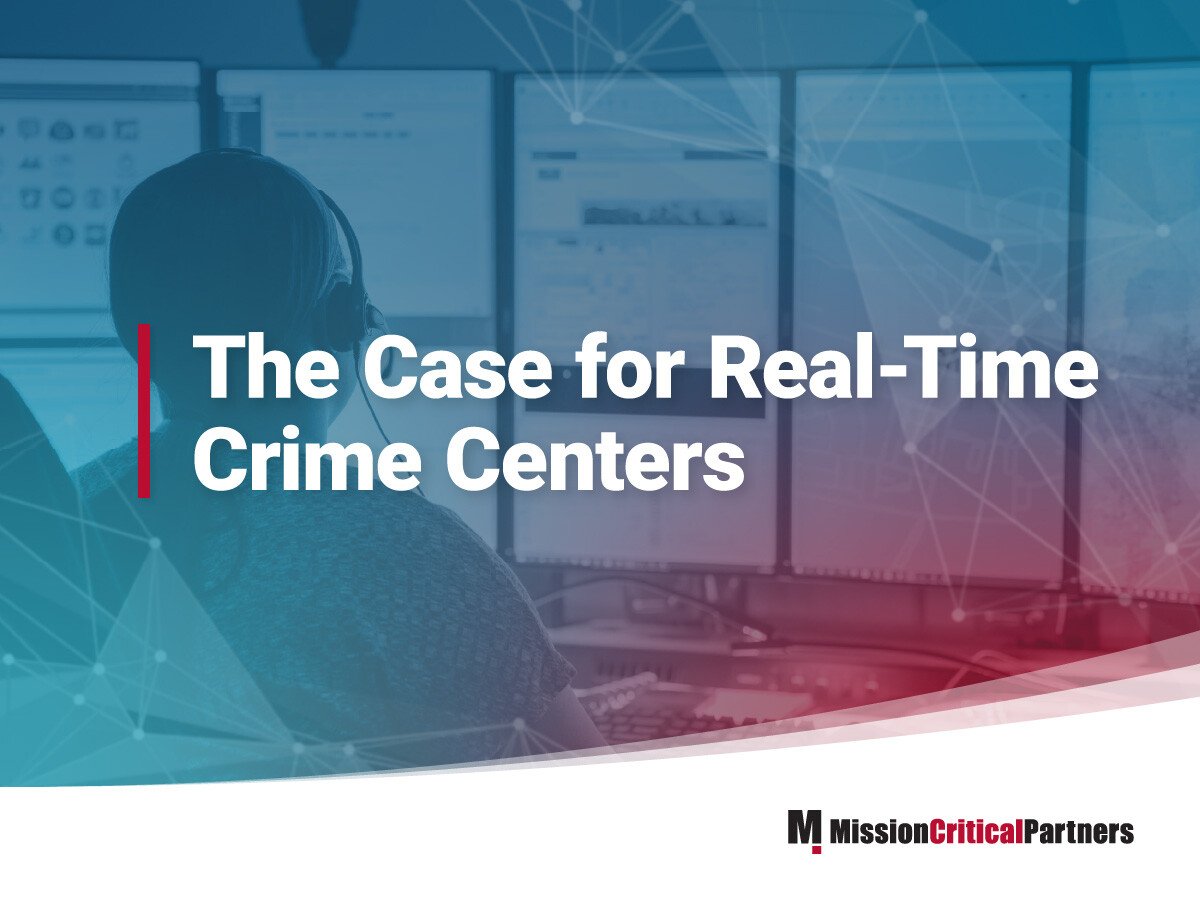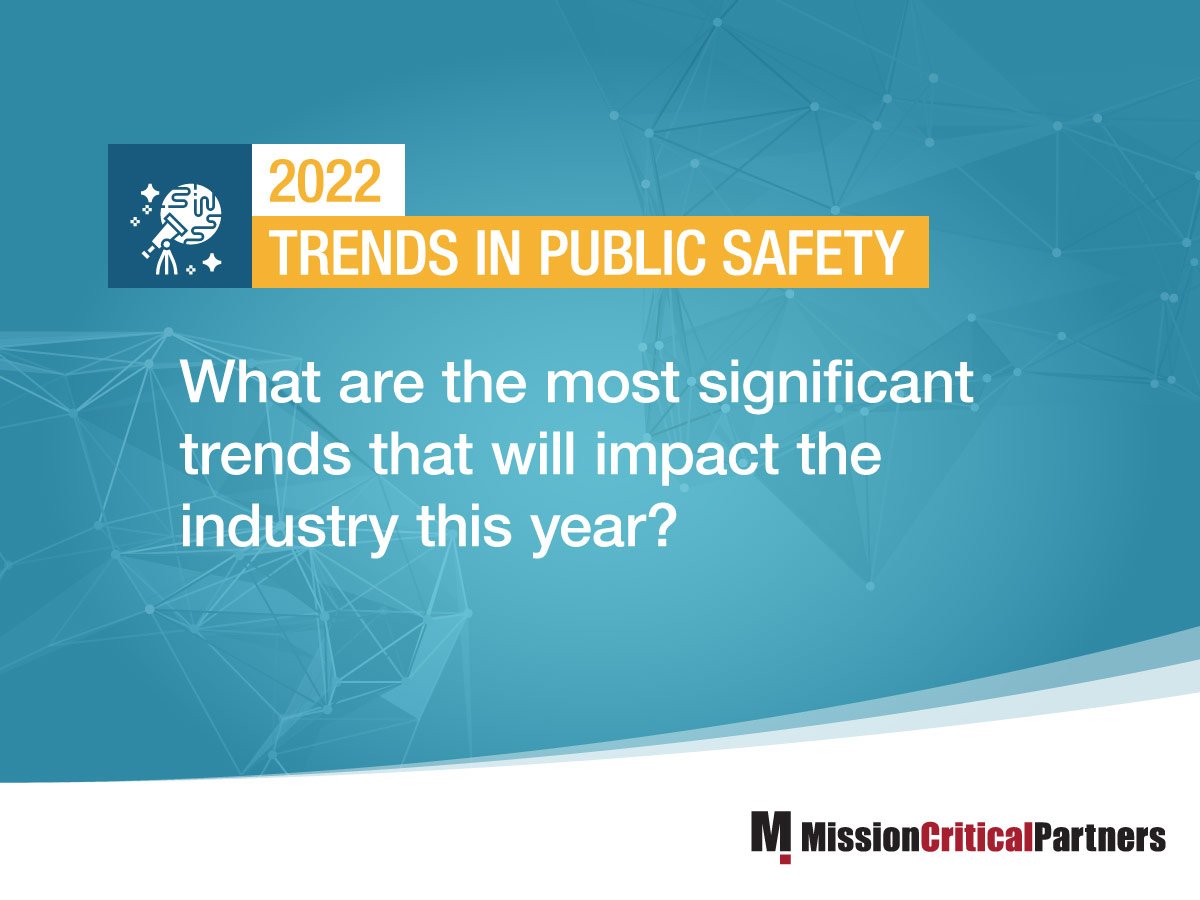CAPS 2025 Spotlight: A Must-See Message from MCP CEO Darrin Reilly
During this month’s Conference for Advancing the Public Sector (CAPS) 2025, Darrin Reilly, Mission Critical Partners’ president and CEO, was the focus of one of the virtual event’s most eye-opening sessions. In a fast-moving and wide-ranging conversation, Darrin unpacked the forces reshaping the public sector and explained why this moment in time might be the most pivotal in decades. He offered perspectives on:
Topics: Cybersecurity, Consulting, Artificial Intelligence














